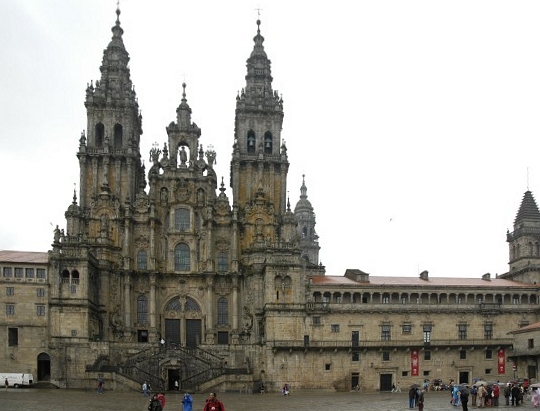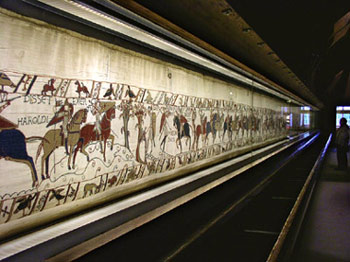In this class I have learned about the anatomy of the human body, difference between the words sex and gender, and what it means to not follow the gender roles. But more importantly I have learned about discrimination based on gender and how different cultures treat different genders. A lot of the discrimination I learned about is due to cultural and religious attitudes which makes it harder to bring about a change.
Sex is defined as the genetic difference in a species which characterises them as being either male, female, or other (Artifact 1). Gender is different in that it doesn’t so much look at the genetic difference but the social difference which is more based on physical appearance (Artifact 1). Gender has a number of forms to it such as the psychological side which is how the boy or girl feels, the social side which are the beliefs that are held and the responsibilities that come with it, and the behavioral side which is how a boy or girl dresses and acts (Artifact 1). Often parents try and conform their kids at an early age to what they believe their gender should be by giving them clothes and toys that are supposed to belong to their sex. Because of this notion of global gender roles people who do not follow the gender stereotypes are ridiculed.
Another issue is the gender gap in society which typically affects women around the world in different ways (Artifact 2). The gender gap can affect whether a woman can get a job or and education and can even be dangerous. According to data the United States is pretty good when it comes to discrepancy of education but in places like India and most of Africa have more than a 16 percent difference between male and female secondary education levels (Artifact 2). This is an issue that is harder to fix because of noticeable differences in strength and speed, pregnancy, and genitalia (Artifact 2).
India has a very noticeable difference in gender gap between males and females (Artifact 3). Women in India are seen as subservient to men and are meant to do the housework (Artifact 3). When women violate these roles that are given to them they are often subjugated to threats, harassment, and murder. These negative feelings towards women causes the abuse and neglect of girls through insufficient feeding and ignoring illnesses (Artifact 3). Now that there is ultrasound which can determine the sex of the baby inside the womb the rate of abortion of female fetuses has increased in spite of the laws against it (Artifact 3).
Often when people think of gender they think of either male or female but in reality there are others that do not fit into these categories. Transgender is when a man is turned into a woman or a woman is turned into a man. For a transgender in the United States life is hard, transgenders have a 1 in 12 chance of getting murdered and on top of that they have a 49 percent chance of committing suicide (Artifact 4). Sweden is trying to take steps to avoid this discrimination by creating a gender neutral environment (Artifact 4). Different cultures look at gender in different ways, while some condemn it in other countries it is very accepted (Artifact 4).
Another problem is with the gender health gap in that the model of women is based off of men. Men and women are both externally and internally different so it makes sense that there are at least a few differences in health and diseases between men and women (Artifact 5). When it comes down to it women are actually better at surviving when it comes to health (Artifact 5). Men and women do share 22 chromosomes together but the last pair known as the sex chromosome which is why men and women are so different (Artifact 5)
Males and females go through a process of genital cutting known as circumcision (Artifact 6). In males this process of genital cutting has health benefits but for females it has no benefits and can be harmful or dangerous for them (Artifact 6). The circumcision for males is the removal of the foreskin that is over the penis (Artifact 6). This circumcision for males is done in most countries right after the baby is born and it has a considerable amount of benefits. Some of the benefits include reduced risk of urinary tract infection, prostate cancer, sexually transmitted diseases, and reduced risk of cervical cancer (Artifact 6). The female circumcision on the other hand is dangerous and in these regions it is often done with unclean items which increases the transmission of diseases (Artifact 6). The reason that these harmful circumcisions occur is usually for cultural or religious reasons and because of that it is harder to get rid of especially when the religious leaders still want it.
Menstruation is something that separate women from men and is often looked at in a negative way. In reality menstruation is perfectly natural and is the time when a woman shed the lining of her uterus (Artifact 7). But still menstruation is seen with negative feelings because it is something that only women have, so men are unable to understand what they are going through. In foreign countries menstruation is seen as an abnormality or something that should be avoided (Artifact 7). In foreign countries women actually are forced out of the house live in little huts during their period. This fear is linked with a lack of understanding as well as religion and tradition (Artifact 7). If men had periods as well this wouldn’t even be an issue but because this is only done by females it is seen as gross and unnatural.
Women in general are discriminated against a lot throughout the world, in some places more than others. I feel that if women were the genetically stronger species that the roles would have been reversed. What is important now is closing the gender gap between males and females and I feel that can be done through education. Older people tend to be more stubborn when it comes to changing their values so in order to bring about a change the newer generations have to be the ones to implement this change in thinking.












